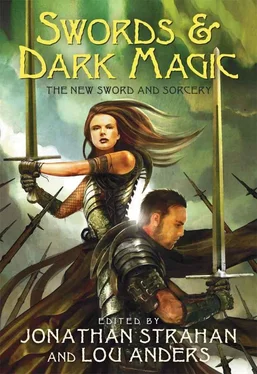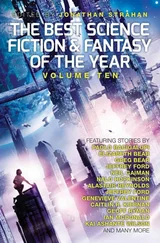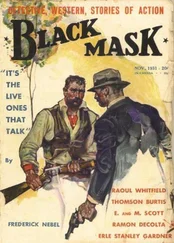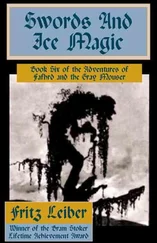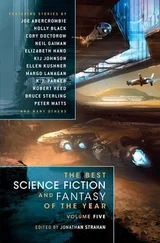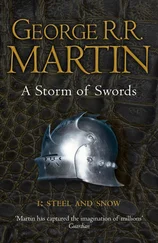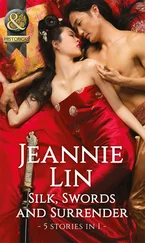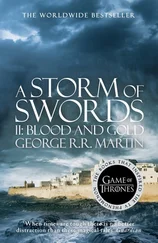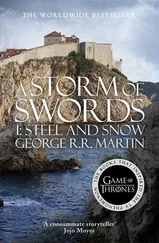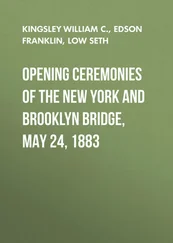Swords & Dark Magic
The New Sword and Sorcery
Edited by
Jonathan Strahan and Lou Anders
For
ROBERT E. HOWARD,
FRITZ LEIBER,
and
MICHAEL MOORCOCK,
the great literary swordsmen who made it possible
Introduction
CHECK YOUR DARK LORD AT THE DOOR
Sword and sorcery. The name says it all. Action meets magic. If high fantasy is about vast armies divided along the lines of obvious good versus ultimate evil, epic struggles to vanquish dark lords bent on world domination, then sword and sorcery is its antithesis. Smaller-scale character pieces, often starring morally compromised protagonists, whose heroism involves little more than trying to save their own skins from a trap they themselves blundered into in search of spoils. Sword and sorcery is where fantasy fiction meets the western, with its emphasis on traveling swordsmen wandering into an exotic setting and finding themselves thrust into unanticipated conflicts there. As high fantasy concerns itself with warring nations and final battles, sword and sorcery focuses on personal battles, fought in the back alleys of exotic cities, in the secret chambers of strange temples, in the depths of dark dungeons. If high fantasy is a child of The Iliad , then sword and sorcery is a product of The Odyssey .
J. R. R. Tolkien is the undisputed father of high, or epic, fantasy. [*] It should be noted that William Morris, Lord Dunsany, and E. R. Eddison all preceded and influenced Tolkien.
His Lord of the Rings drew on Norse mythologies, his personal experiences in World War I, and, arguably, Wagner’s The Ring of the Nibelung (though he denied this vehemently). The story of a titanic struggle for the fate of nations, it single-handedly led to the creation of the fantasy genre as a recognized genre , and spawned a thousand imitators. Famous names such as Terry Brooks, Terry Goodkind, Robert Jordan, Roger Zelazny, Stephen R. Donaldson all owe an immeasurable debt to the Oxford professor. But the earlier form of sword and sorcery fantasy owes its genesis to Texan-born Robert E. Howard, who drew upon his Irish ancestry and a lifetime of tall tales of the American West to create stories of adventure that were, in contrast to his contemporaries, laced with a grim pessimism and an edge of violent realism. A boxer who stood six feet two inches, known for his stamina and for rarely losing a fight, Howard brought to his imagined conflicts a reality backed up by experience. It was in the pages of Weird Tales that he, a popular writer who wrote for scores of classic pulp magazines, would debut his greatest and most influential creation, Conan the Cimmerian. Like Tolkien’s Middle Earth, Howard set Conan’s adventures in an imagined prehistoric land, Hyperborea, which existed between the fall of Atlantis and the time of recorded history. From out of the barbaric north, Conan came, “a thief, a reaver, a slayer, with gigantic melancholies and gigantic mirth, to tread the jeweled thrones of the Earth under his sandalled feet.” As he detailed Conan’s exploits, Howard pioneered a new kind of fantasy, one that owed as much to the swashbuckling tales of Alexandre Dumas and Rafael Sabatini as it did to the outlaws and renegades of the American West.
Like the gunslingers whose exaggerated exploits form the bedrock of Howard’s childhood entertainments, Conan was an opportunist, a self-serving fortune seeker with a fatalistic outlook, albeit a man loyal to his friends, often given to penetrating psychological insights. Between 1933 and his death in 1936, Howard placed eighteen stories of Conan in the pages of Weird Tales . An instant success, the character’s most immediate influences were writers C. L. Moore and Fritz Leiber. The former introduced Jirel of Joiry in 1934, the year after Conan’s debut. Notable for being the first female protagonist in sword and sorcery, Jirel was the monarch of an imagined medieval French province, known for relying on her wits over her fists, albeit not shy of taking up a sword and shield. Moore penned six tales between 1934 and 1939, beginning with the classic “Black God’s Kiss.” [†] Paizo Publishing’s Planet Stories imprint recently published all six of the Jirel of Joiry stories in one volume. The Black God’s Kiss (2002) is notable for including “Quest of the Starstone,” a story that is omitted from the two previous Jirel collections. Written with Moore’s husband, Henry Kuttner, this tale features Jirel’s meeting with Moore’s other famous creation, spaceship pilot and smuggler Northwest Smith, direct forerunner of Star Wars ’ Han Solo.
For his part, Fritz Leiber (in conjunction with his friend Harry Otto Fischer) conceived of the first S&S buddy duo, Fafhrd the Barbarian and his friend and accomplice, the diminutive thief known as the Gray Mouser. Appearing first in 1939 in the pages of Unknown , Fafhrd and the Mouser are notable in that their adventures continued until 1991 and ended with the heroes settling down into married life. Unlike Howard, Tolkien, and Moore, Leiber chose to set their adventures in a purely invented, secondary world, the world of Nehwon, rather than a lost past or fantastical version of our own history. This was not fantasy’s first foray into alternative constructed worlds but it was certainly one of the most influential. [‡] Many of Terry Pratchett’s Discworld novels are set in a city called Ankh-Morpork, a nod to Leiber’s city of Lankhmar, and the first Discworld novel features an encounter with a giant barbarian comrade “Bravd” and a swordsman-thief known as “The Weasel.” Pratchett’s Cohen the Barbarian is, of course, a reference to Robert E. Howard’s creation as well.
Furthermore, Howard’s contemporary Clark Ashton Smith is notable for his own contribution to the genre, not the least of which were his own Hyperborean tales, set, like Howard’s, in a lost mythical age. In this case, though, his Hyperborea was an Arctic continent, the last gasps of a civilization facing the encroachment of an Ice Age. By peopling them with sorcerers and strange deities, Smith seemed to merge the worlds of Robert E. Howard with that of the third great writer from this era of Weird Tales , their friend H. P. Lovecraft.
Come the 1960s, however, the sword and sorcery genre, with the exception of Leiber’s Fafhrd and Gray Mouser tales, had waned in popularity, until writer Lin Carter crafted the first successful ongoing series in imitation of Howard’s Conan. Carter’s Thongor series, beginning with The Wizard of Lemuria in 1965, blended Howard’s barbarian with the works of Edgar Rice Burroughs. Set across the lost continent of Lemuria, they featured magic, flying machines, and mankind’s attempts to throw off the shackles of a serpentine race of “Dragon Kings.” Carter’s Thongor tales diminished, however, when he was recruited by L. Sprague de Camp to assist in a Conan revival.
De Camp had contributed his own notable sword and sorcery in the 1950s. His Pusadian series was an attempt to write in a Hyperborean setting that paid more attention to what was then known about the geology of the earth. But beginning in the 1950s, though primarily in the 1960s, de Camp began to work to republish the existing Conan tales, as well as to publish the many Howard-penned Conan stories unpublished in the author’s lifetime. In the aforementioned collaboration with Lin Carter, he worked to popularize Howard and bring him back into print. Adding their own contributions to the mythos, de Camp and Carter rewrote many of Howard’s unpublished non-Conan tales as new exploits of the Cimmerian. This led to a boom in Conan’s popularity, with the character spilling out into new novels, comic books, and even film, though a 1983 biography of Howard, penned by de Camp and titled Dark Valley Destiny: the Life of Robert E. Howard , had the unintended consequence of refocusing attention on Howard’s undiluted Conan, with de Camp and Carter’s additions and alterations dwindling in public favor.
Читать дальше
